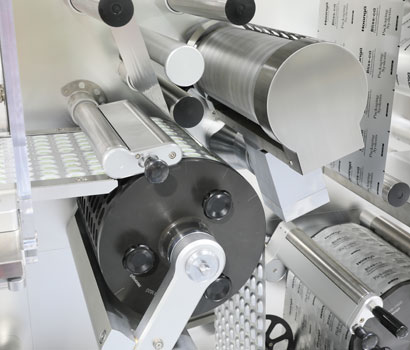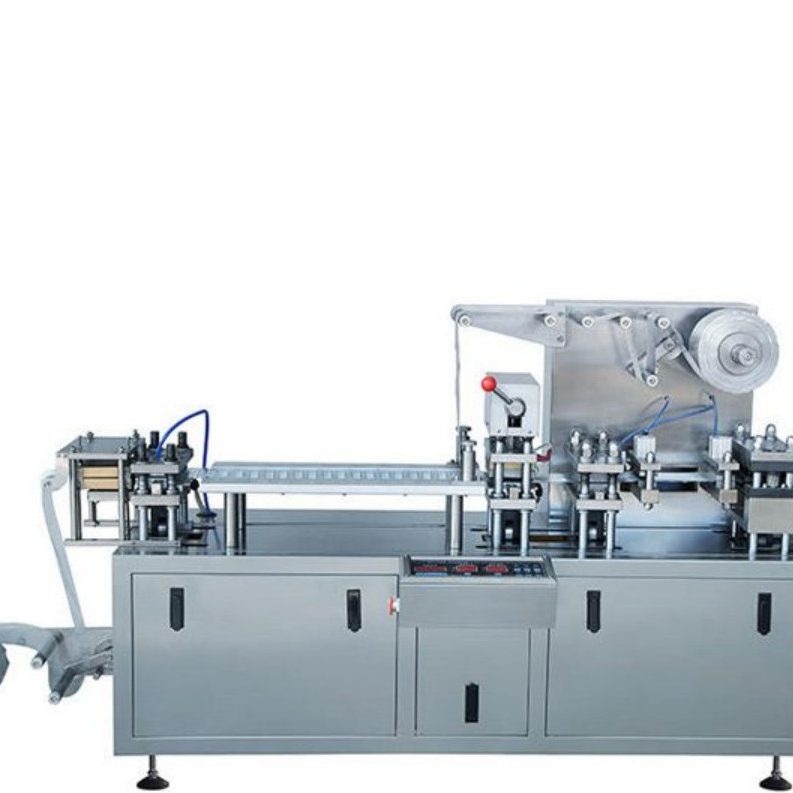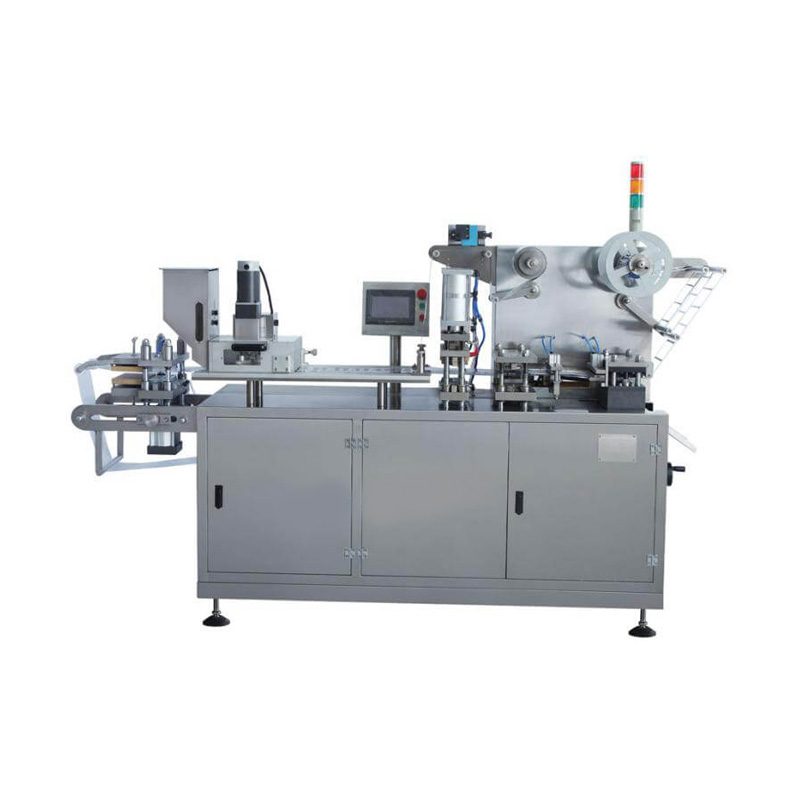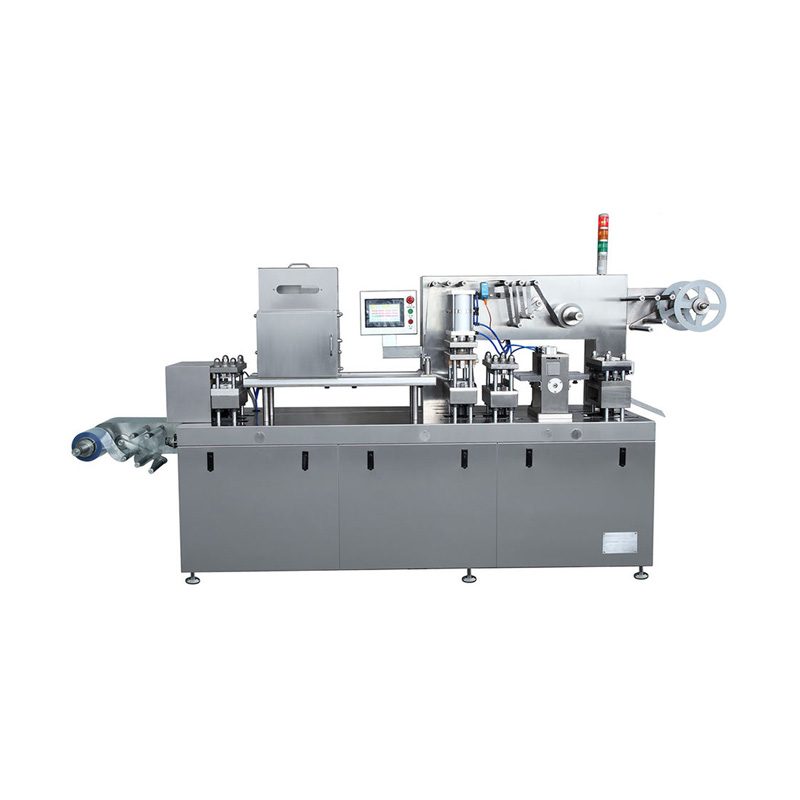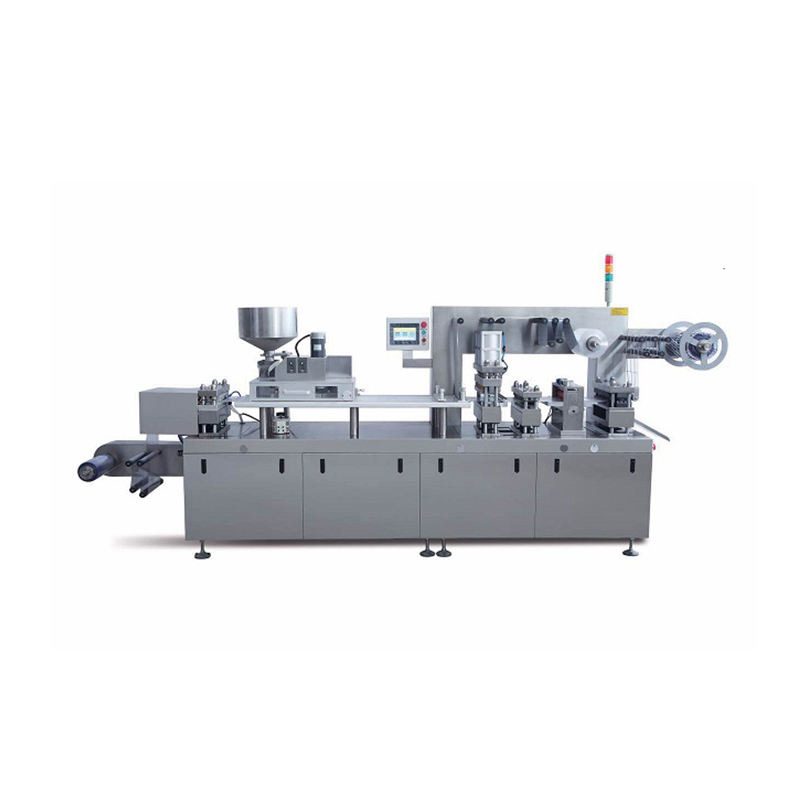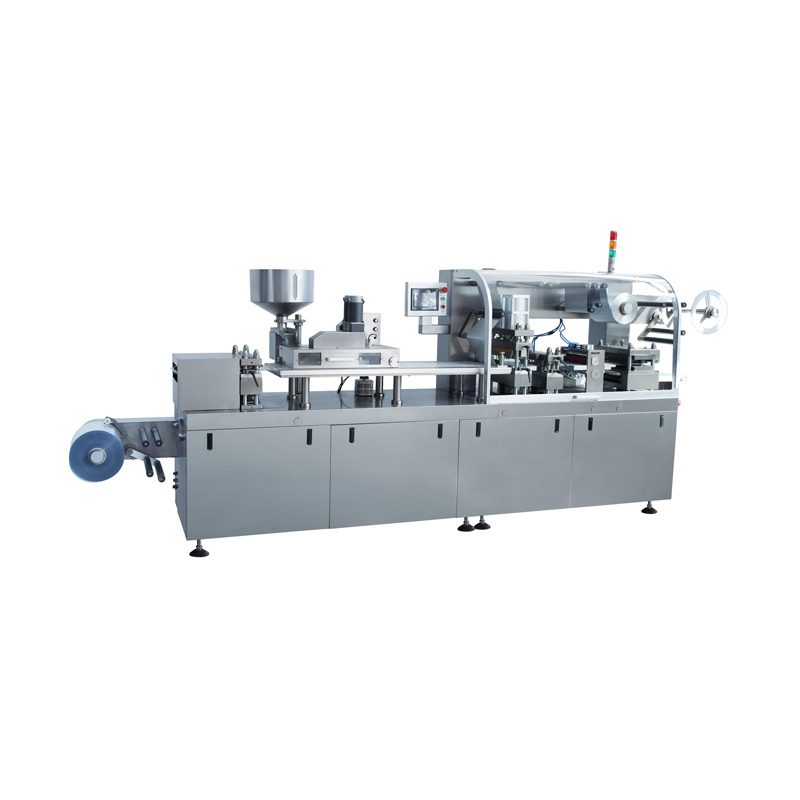Best Blister Packaging Machine For You
- High-power Transmission Mechanism
- Photoelectrical Controlling System
- Enclosed Servo Motor Traction
Blister Packaging Machine
Allpack blister packaging machine adopts PLC, frequency converter, and touch screen operation. This blister packaging machine can automatically finish the process of feeding, forming, heat-sealing, pressing, batch number printing, punching, and so on. It is the ideal packing equipment with convenient operation and full-purpose function. The product passed the provincial science and technology appraisal. The blister packaging machine is suitable for capsules, tablets, honey pills, candy, liquids (ointment), syringes as well as irregular shapes Al-plastic or paper-plastic packing in pharmacy, healthcare, food, cosmetics, medical equipment industry, etc. It integrates ten functions including coil material, aluminum material (AL) feeding, blister forming, filling, waste recycling and heat sealing.
Blister Packaging Machine
DPP-120H Multifunctional Automatic Honey Olive Oil Chocolate Blister Packaging Machine
DPP-120H multifunctional automatic blister packaging machine is a comprehensive domestic and foreign aluminum plastic packaging machine with the advantages of innovative design. The drug contact parts of the machine are made of stainless steel and high-grade aluminum alloy materials. This automatic blister packaging machine is suitable for blister packaging of plain tablets, sugar-coated tablets, capsules, small foods, metal parts, and electronic components.
Innovative Design
Multifunctional Automatic Blister Packaging
Stainless Steel And High-grade Aluminum Alloy Materials
DPP-150E Aluminum Automatic Rotary Blister Packaging Machine
DPP-150E aluminum automatic rotary blister packaging machine is specially designed for hospital dosage rooms, laboratory institutes, health care products, and middle-small pharmacy factories, and featured by compact machine body, easy operation, multi-function, stroke adjustable, long durability, etc. This machine is suitable for the Alu-PVC package of medicine, food, electric parts, etc.
Gear Wheel Transmission
Photocell Correction Device
High-power Transmission Mechanism
DPP-180H Automatic High Speed Tablet Pill Capsule Aluminum Blister Packaging Machine
DPP-180H automatic high-speed tablet pill capsule aluminum blister packaging machine is used in medicine packing. This high-speed blister packaging machine adopts speed regulation with frequency conversion and mechanical traction for easy stroke adjusting. The adjustable range is from 30 to 100 mm, which is convenient for adjusting with accurate synchronization.
Equipped With Four Stations
Speed Regulation With Frequency Conversion
Mechanical Traction For Easy Stroke Adjusting
DPP-260H1 Automatic High Speed Alu-Alu Capsule Pill Blister Packaging Machine
DPP-260H1 automatic high-speed alu-alu capsule pill blister packaging machine is made of stainless steel and high-grade aluminum alloy materials that meet the GMP requirements. This high-speed alu-alu capsule pill packaging machine is applicable for the pharmaceutical, food, and healthcare products packaging industry.
Traction With Servo Motor
PLC Programmable Control
Separation Connection Design
DPP-260H2 Automatic High Speed Alu-Alu Capsule Pill Blister Packaging Machine
DPP-260H2 automatic high-speed alu-alu capsule pill blister packaging machine has functions including heating temperature control detection, control, uniform die heating, host overload protection, PVC and PTP packing material level detection and alarm shutdown, automatic diagnosis alarm prompt for equipment fault and automatic shutdown protection.
Touch Screen Operation
Manual Mechanical Adjustment
Siemens PLC Programmable Control
The Buyer's Guide
Blister Packaging Machine: The Complete Buying Guide In 2024
Are you looking for a reliable and efficient machine to package your products in blister packs? Do you want something that is going to fit into your production line seamlessly and give you good results every time? If so, then the right choice for you might be a blister packaging machine.
This type of machine has been designed specifically with the needs of businesses like yours in mind, offering excellent functionality while also remaining cost-effective. With its compact size, simple operation, and low maintenance requirements, these machines provide an ideal option for any business looking to upgrade their packaging capability.
So why should you consider investing in a blister packaging machine? Read on to learn more about these powerful machine!
1. What Is A Blister Packaging Machine?
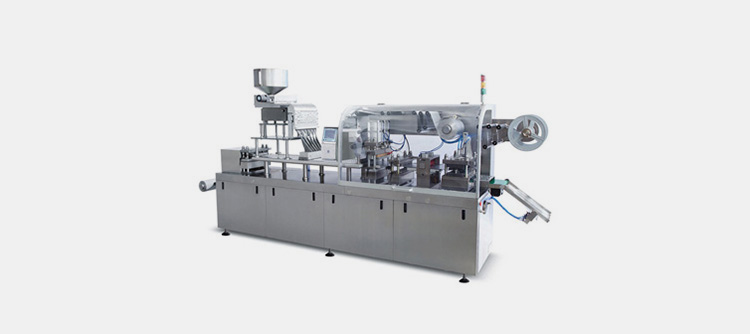
Blister packaging machines are automated systems designed to fill blister packs with products and seal them, creating a secure package. The blister pack is created by forming a cavity on the plastic substrate, typically using a thermoforming process.
This cavity can be formed in various shapes and sizes, depending on the product that needs to be packaged. After the blister packages have been filled with the desired items, they are sealed with an adhesive film or foil lidding material. Once sealed, the blister packages are cut into individual units ready for sale.
2. What Are The Components Of A Blister Packaging Machine?
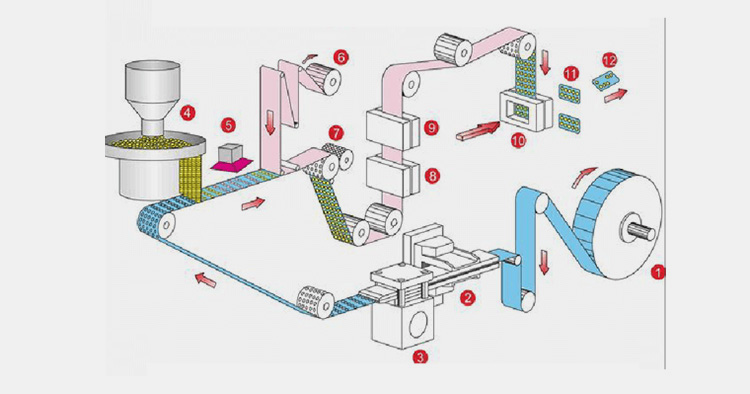
Feeding Hopper
This container stores blister packs until they are ready to be filled with product. The feeding hopper can hold up to a certain number of blister packs, depending on the size and shape of the blister pack being used.
Filling Device
The filling device dispenses products into blister packs. Depending on the filling product, it is usually a nozzle, tube, or chute system. The filling device must be adjustable to accommodate different products and blister pack sizes.
Sealing Device
The sealing device seals blister packs after the product has been filled. This can be done with heat, ultrasonic waves, or adhesive. The sealing device must be adjustable to accommodate different blister pack sizes and shapes.
Heaters
Depending on the blister packaging machine, heaters may be used to seal blister packs properly. This is especially important for blister packs with complex shapes and designs.
Conveyors
Conveyors transport blister packs to and from different stations in the packaging machine. They help to keep blister packs moving and organized during the blister packaging process.
Quality Control
Quality control devices ensure that blister packs have been sealed correctly and that no product has leaked. These devices use cameras, sensors, or other technologies to inspect individual blister packs.
Sorters
Sorters can sort blister packs based on size, shape, or other characteristics. This helps to ensure blister packs are placed in the correct orientation before entering the blister packaging machine.
Wrappers
Wrapping machines use heat or adhesive to apply protective wrapping around blister packs. This keeps blister packs safe during transport and storage.
Stacker
The stacker is the last component of a blister packaging machine. It collects blister packs filled and sealed, stacks them onto pallets, and prepares them for shipment.
3. What Are The Advantages Of A Blister Packaging Machine?
Tamper Proof
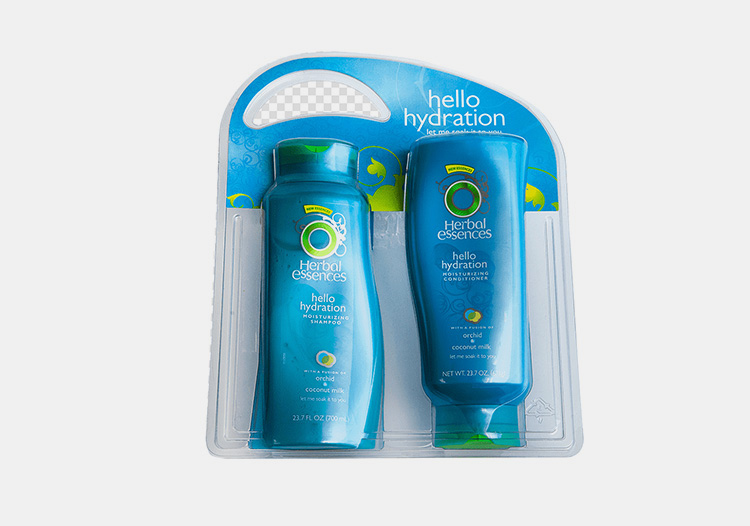
Blister packaging machines provide a secure and tamper-proof packaging solution. The blister packs are sealed, which prevents the contents from being accessed until the package has been opened with specialized tools.
Cost-Effective
Blister packing is one of the most cost-effective ways to package products such as pills and capsules because blister packs require less material than traditional packaging.
Maintains Integrity
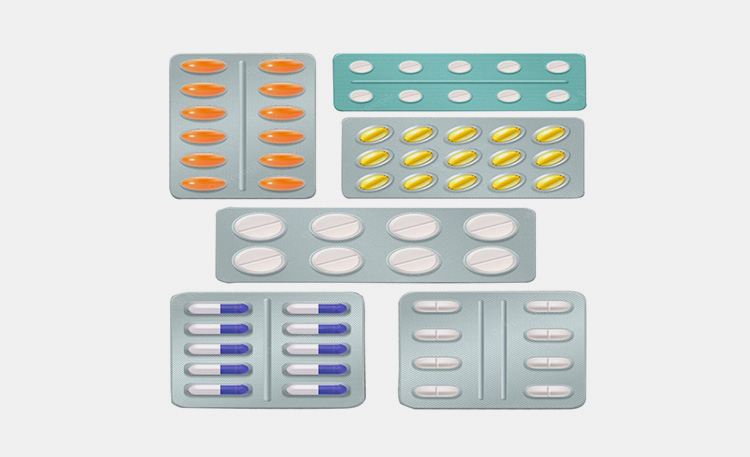
Blister packaging machines are designed to package products in a way that preserves the integrity of the contents. This means that blister packs keep pills and capsules safe from moisture, dust, dirt, and other elements that could compromise their effectiveness.
Enhances Shelf Life
Proper blister packaging can help extend the shelf life of specific products by protecting them from light, air, and other elements that can degrade their quality. This makes blister packaging an excellent solution for products with limited shelf life or requiring special storage conditions.
Improves Identification

Blister packs also make it easier to identify products, as they have clearly labeled contents. This makes blister packaging particularly useful for medical and pharmaceutical applications, where accurate labeling is essential.
High Productivity
Last but not least, blister-packing machines are incredibly efficient and can quickly produce large quantities of blister-packed products with minimal operator input. This makes blister-packing an ideal choice for businesses that need to produce large quantities of blister-packed products quickly.
4. What Are The Applications Of A Blister Packaging Machine?
Pharmaceutical Industry

A blister packaging machine is an ideal choice for packing tablets, capsules, and other pharmaceutical products. The blister packs protect from moisture and ensure that the drugs stay sealed until they reach the end user without any issues.
Food Industry

Blister packaging machines can also package a variety of food items. The blister packaging provides a protective barrier against moisture and contaminants while allowing the product to be visible.
Cosmetic Industry

Blister packaging machines are often used for cosmetics such as lipsticks and eye shadows. The blister packs help keep the products sterile and secure and provide an attractive display for customers in stores.
Electronic Industry
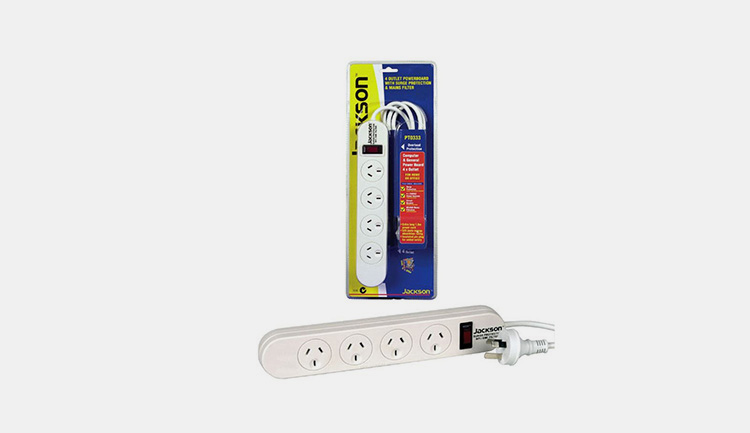
Blister packaging machines are also used in the electronics industry to pack small components such as extensions, resistors, transistors or capacitors.
5. What Are The Working Principles Of Blister Packaging Machines?
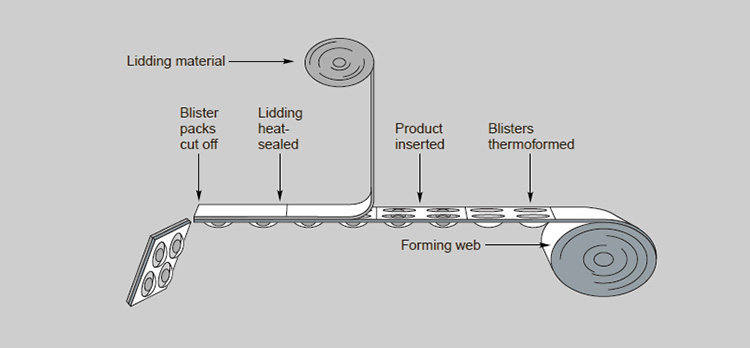
The working principles of blister packaging machines vary according to the type of blister packaging machine. Generally, blister packaging machines work by first feeding pre-cut materials into the machine and then using molds to shape them into blister packs. Then, heating units are used to seal the blister packs before cutting mechanisms trim them for a professional finish.
6. What Are The Different Types Of Blister Packaging Machines Available On The Market?
a) Automatic Blister Packaging Machines

These blister packaging machines are designed for high-volume production. They are fully automated, with blister forming, sealing, cutting and trimming all handled automatically.
Components
Forming Unit
This is the first component of automatic blister packaging machines, and it forms plastic sheets into a pre-determined shape that suits the product that needs to be packaged.
Sealing Unit
The sealing unit is responsible for joining two plastic pieces together, forming a secure seal around the product and preventing air or moisture from entering.
Cutting Unit
The cutting unit is used to define the size of the package, and it cuts out individual blisters from the formed plastic sheet.
Vacuum Chamber
This component allows for automatic blister packaging machines to fill each blister with whatever product needs to be sealed in there, such as pills, tablets, or capsules.
Counting Unit
The counting unit is used to ensure the automatic blister packaging machine places the exact number of products into each package specified by the customer.
Folding and Gluing Unit
This component takes care of folding and gluing flaps on the packages to provide an extra layer of protection and security.
Heat Sealing Unit
The heat sealing unit ensures the product is securely sealed within the packaging, providing additional protection against air or moisture entering and damaging the product.
Printing Unit
Automatic blister packaging machines can be equipped with a printing unit allowing customers to include labels, logos, and text on their packaging for branding or informational purposes.
Unloading Unit
The unloading unit is the last component of automatic blister packaging machines, and it allows for the finished products to be unloaded from the machine in a neat and organized way.
Working Principles
An automatic blister packaging machine uses heat and pressure to form blisters around products. The automatic blister packaging begins with a forming film, heated and then pressed against the product in pre-determined areas to create individual cavities or “blisters”. Once formed, the automatic sealing station seals the blisters to a card, creating the final product.
Applications
Automatic blister packaging machines are used for various products, ranging from medical and pharmaceutical items, hardware and spare parts, small consumer goods, stationery, food items, industrial components and more.
b) Semi-Automatic Blister Packaging Machines
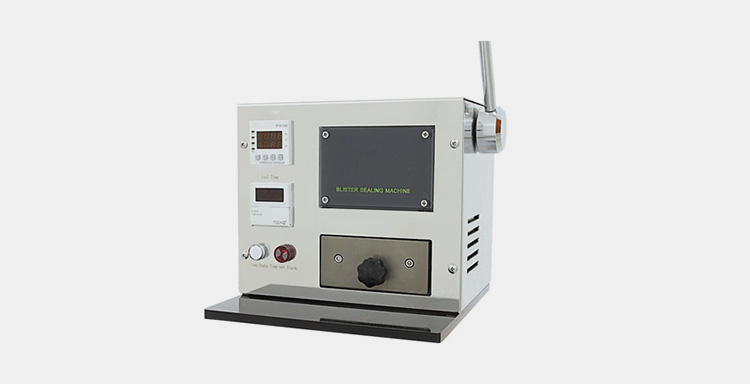
These blister packaging machines are well suited for small to medium production runs, providing a combination of simplicity and affordability. They offer manual operation with machine-assisted forming, sealing, and cutting functions.
Components
Forming Station
The forming station is where the packaging material, such as plastic or aluminum foil, is cut and formed into individual blisters. It typically includes a tool to punch out the desired shape of each blister before it is sealed.
Filling Station
This station dispenses the product into each blister. It may include a hopper or other dispenser for the product and a dosing system to ensure precise amounts of product in each blister.
Sealing Station
The sealing station seals the filled blisters with either heat or cold. This can be done by applying pressure and heat to the plastic material or by melting an adhesive onto the plastic material.
Printing Station
The printing station prints relevant product information on each blister, such as a serial number or expiration date. This is typically done using an inkjet printer or similar technology.
Cutting Station
This station cuts the sealed and printed blisters into individual units. It may also include a tool that perforates the blisters to make them easier to open.
Packaging Station
The packaging station packs each blister into a larger package. This can be done manually or with an automated system, depending on the size and quantity of the order. The packages may then be labelled for shipping.
Working Principles
During operation, the product is manually loaded into the forming station, where a thermoforming film is heated and formed around it. The product is then manually transferred to the sealing station, where a heated tool seals the film. Finally, the cutting station cuts off excess material and forms individual blisters.
Applications
Semi-automatic blister packaging machines are used in various industries to package products quickly and efficiently. These machines can be used to package everything from food products, pharmaceuticals, cosmetics and more. They can also package multiple items, such as gift sets or sample packs.
c)Thermoforming Blister Packaging Machines

These blister packaging machines use a heated plastic sheet to form blister packs by vacuum forming. This is ideal for producing blister packs in small batches or custom shapes and sizes.
Components
Thermoforming Blister Packaging Machines typically consist of the following components:
Thermoforming Head
This is where the plastic material is heated and formed into the desired shape for packaging purposes.
Re-Circulating Air Chamber
This chamber circulates hot air to heat the plastic material evenly and keep it at the ideal temperature.
Clamping System
This is used to hold the plastic material in place while it is being formed and cut into the required shape.
Cutting Mechanism
It uses a blade or other cutting tool to trim the plastic material into its desired shape.
Vacuum system
This helps to draw out the air from the packaging material and create a tight seal around the product.
Sealer
This is used to seal off the edges and joints of the package, ensuring that it stays sealed during transit and storage.
Cooling Fan
This helps to cool down the plastic material after it has been formed into its packaging shape.
Height Adjustment
This is used to adjust the height of the machine to accommodate different sizes and shapes of product packages.
Control System
This is responsible for controlling each thermoforming blister packaging machine component, ensuring that everything works together as intended.
Conveyor System
This helps to move the product from one stage of the Thermoforming process to another.
Working Principles
Thermoforming blister packaging machines utilize heat and pressure to form plastic packaging materials into specific shapes or sizes cavities. This device works by heating the plastic until it is soft and pliable.
Then, a vacuum is applied to the material, which draws it tightly onto the mold cavity. After this, pressure is applied to increase adhesion between the plastic and the mold and to form it into its desired shape or size.
Once all these steps are complete, thermoforming blister packaging machine will cut the formed plastic into individual products ready for packaging.
Applications
Thermoforming Blister Packaging Machines are becoming increasingly popular in the medical and food industries as they provide safe, high-quality packaging that meets stringent health regulations.
7. Is There Any Customization For Blister Packaging Machines?
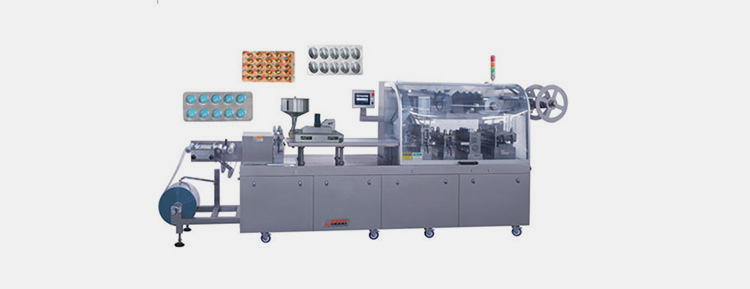
Yes, blister packaging machines can be customized to meet the specific needs of your business and product. The customization process will depend on the blister packaging machine supplier you choose and what type of blister packaging machine you need.
Depending on the supplier, some blister packaging machines can be customized with features such as adjustable speed controls for different-sized packs, multi-head blister machines for high-speed packing, and product feeders for different shapes and sizes of products.
The blister packaging machine can also be customized to have integrated vision systems to detect errors in the blister pack before sealing. Ultimately, choosing a supplier who offers customization options is key to finding a blister packaging machine that meets your unique needs and fits your budget.
8. What Type Of Blister Packs Can Be Handled Using A Blister Packaging Machine?
A blister packaging machine can handle a wide range of blister packs, including:
Clamshell Blister Packs
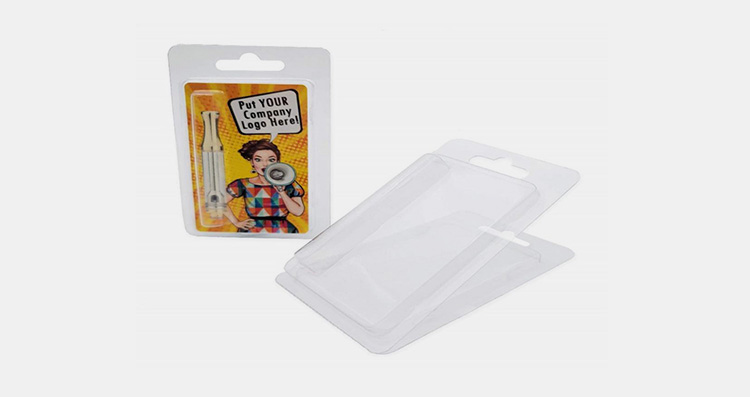
This blister pack type is made of two rigid pieces joined together with hinges, making it easier to open than a standard blister pack. It provides excellent product visibility and protection, making it ideal for retail packaging.
Blister cards
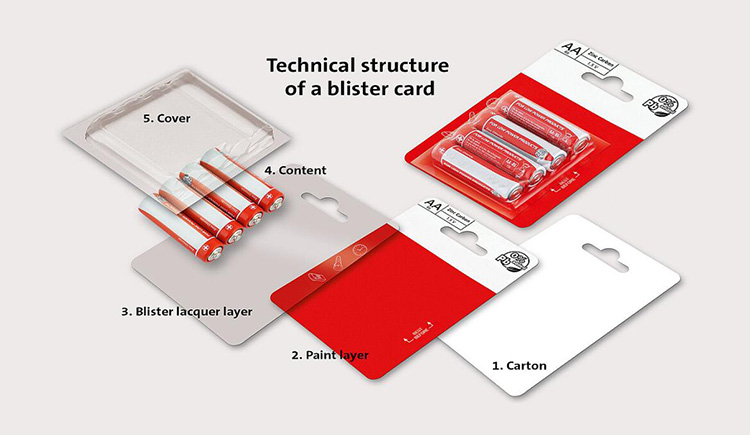
This blister pack type is formed by welding two pieces of blister material around a paper or cardstock backing. It provides excellent product visibility and protection, making it ideal for retail packaging.
Cold Form Blister Packs

These blister packs are made from blister films that have been thermoformed and then sealed with lidding films. The blister packaging machine can handle this type of blister pack, by automatically forming the blister cavities in the blister film, filling them with products, and finally sealing it with a lid.
Thermoform Blister Packs
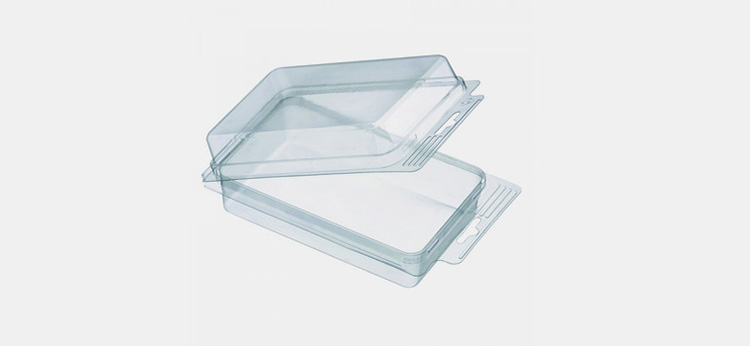
This type of blister pack is formed by heating and then stretching blister films. The blister film is usually pre-formed which means that the blister cavities have already been punched out before it reaches the blister packaging machine.
Multi-Cavity Blister Packs
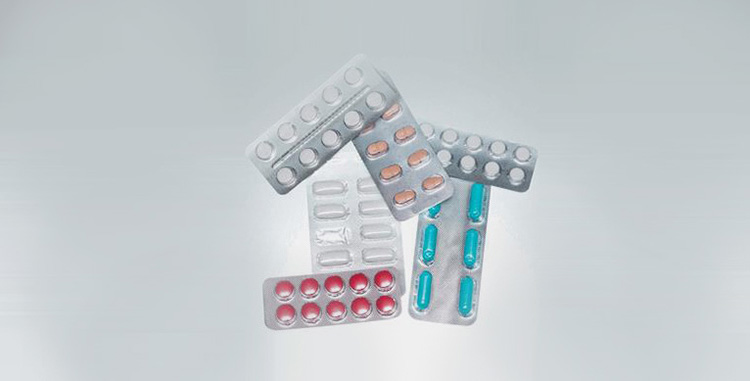
This type of blister pack is composed of multiple cavities that can hold different types of items.
9. What Type Of Materials Can A Blister Packaging Machine Use To Package Products?
Plastic Materials
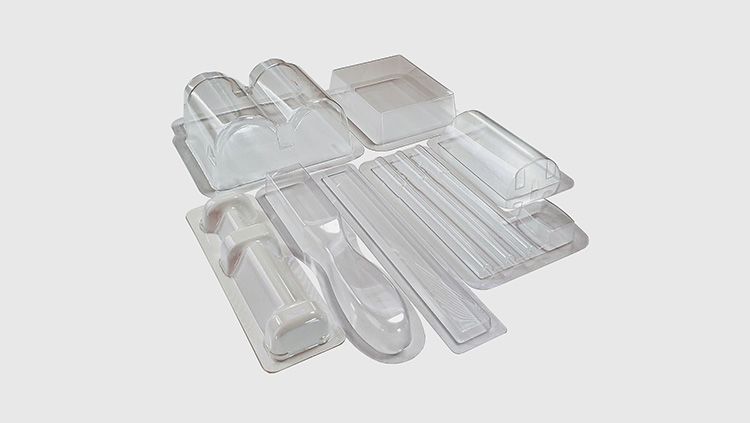
Most blister packaging machines are designed to use various types of plastic materials such as PVC, PET, PP, PS and HIPS. These materials are usually formed into a blister card that forms the surface of the package.
Paperboard Materials
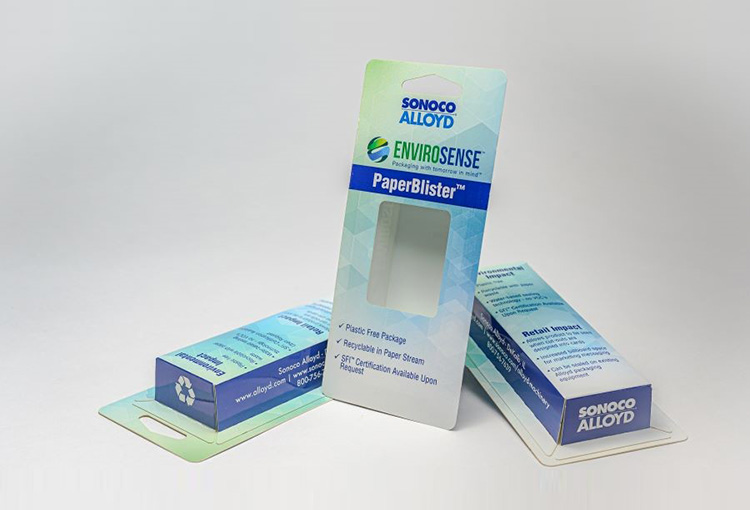
Paperboard is often used for blister packaging because it provides an ideal surface for printing on. Paperboard materials such as cardboard, paper and corrugated fiber can be formed into blister cards that form the surface of the package.
Aluminum Foil

Aluminum foil is a popular option for blister packaging because it provides an effective barrier to protect products from moisture and oxygen. It is also resistant to heat, making it a great choice for blister packaging machines.
10. What Is The Shelf Life Of Good Packed By A Blister Packaging Machine?

The shelf life of goods packed with a blister packaging machine depends on the type of product and its storage conditions. Generally, blister-packed goods can have a shelf life of up to one year or more, depending on the material used in blister packing and how the items are stored.
To ensure optimal longevity for blister packaged goods, it is important to store blister-packed products in a cool, dry place with temperatures between 40 to 80 degrees Fahrenheit. Additionally, blister-packed items should be kept from direct sunlight and inspected periodically for signs of wear or damage
11. What Are The Safety Measures Taken When Using A Blister Packaging Machine?
Wear Protective Clothing
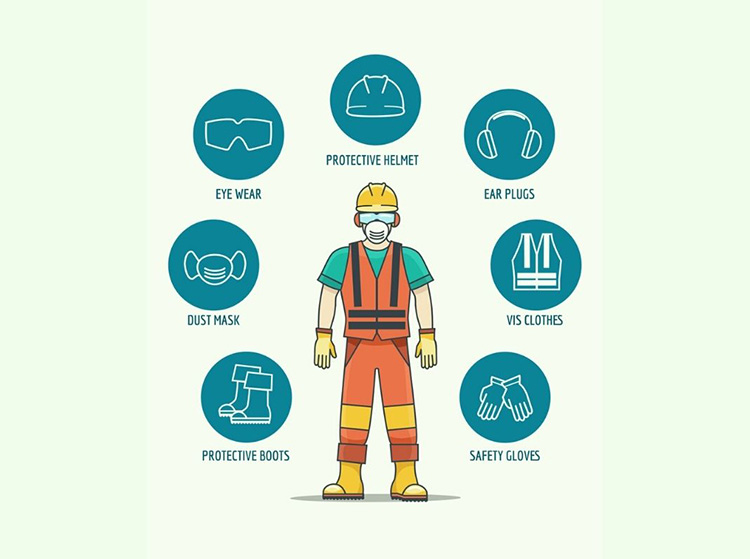
When working with blister packaging machinery, protective clothing must be worn at all times to protect against any injury from moving parts or sharp edges. This includes long sleeves and pants, safety glasses, gloves, and closed-toe shoes/boots.
Machine Guarding
Before operating blister packaging machinery, ensure that all machine guards are securely in place and not damaged. This will protect the workers from any potential dangers associated with blister packaging machinery such as pinch points, moving parts, etc. Electrical Safety
Regular Maintenance
Regular maintenance of blister packaging machinery is essential to ensure its safe and efficient operation. This includes regular checks for loose connections, worn parts, damaged or broken guards, and other potential hazards.
Training
It is important that all workers understand the proper use of blister packaging machinery before they begin operating it. Ensure that all blister packaging machinery operators are adequately trained in its use and safety precautions.
Keeping Work Areas Clean
Always keep the work area around blister packaging machinery clear of any debris or obstructions that could potentially cause an accident. Additionally, it is important to clean the blister packaging machine regularly to prevent contamination and malfunction.
12. What Are The Maintenance Procedures For A Blister Packaging Machine?
Inspection
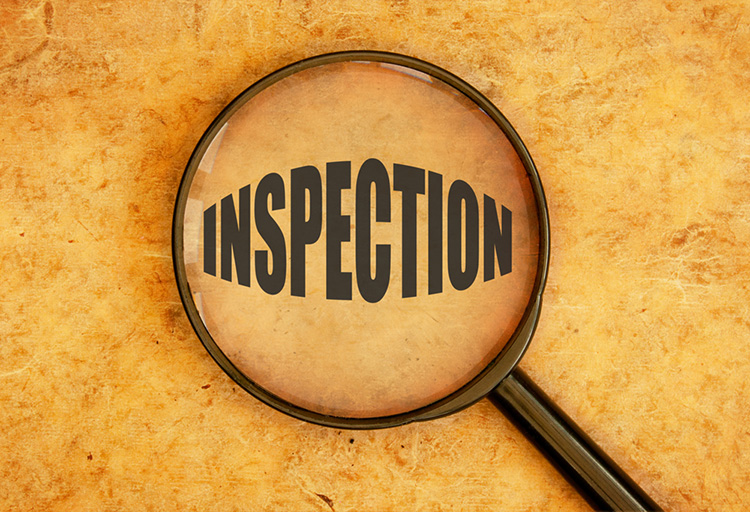
It is important to regularly check the blister packaging machine for any signs of damage, wear and tear, or defects that may be present. This can help identify problems before they become severe or costly to fix.
Cleaning
Cleaning the blister packaging machine of any accumulated dust, dirt, or debris is essential to maintaining its performance and reducing the risk of damage.
Lubrication
Lubricating moving parts on blister packaging machines can help maintain smooth operation while preventing damage due to friction or overheating.
Calibration

Properly calibrating blister packaging machines is essential for accurate blister packaging results. Check calibration regularly to ensure blister packages meet size and quality standards.
Testing
Running tests on blister packaging machines can help identify any issues with performance or operation before they become major problems. Tests should be conducted regularly to ensure blister packages are being created correctly and efficiently.
13. What Are The Common Problems Associated With Using Blister Packaging Machines And Their Possible Solutions?
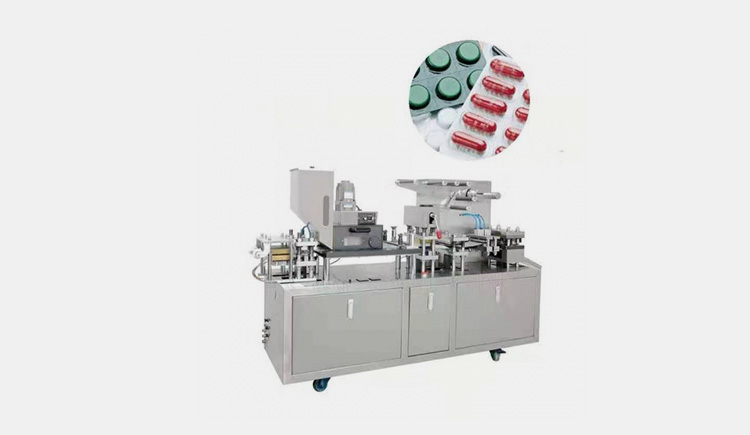
Common Problems associated with blister packaging machines and their possible solutions include:
Jamming
Jamming of blister packaging machines is a common problem due to misalignment of components, debris buildup in the machine, or even a worn-out blister-forming die.
Solution
To prevent jamming, it is important to regularly inspect and maintain blister packaging machines for any potential issues. Additionally, using high-quality blister-forming dies and properly aligning blister packaging components can help reduce the occurrence of jamming.
High Noise Levels
Blister packaging machines can be extremely noisy, leading to discomfort and even hearing loss for operators over time.
Solutions
To reduce the noise level of blister packaging machines, you should ensure that your machinery is well maintained and serviced regularly, as worn parts often produce excessive noise. Also, you should invest in soundproofing materials and installations to reduce noise levels.
Injuries
Blister packaging machines can cause serious injuries if operators are not trained to use them safely.
Solution
Companies should ensure that their blister packaging machine operators receive proper training on operating the machinery safely and adhere to all safety regulations.
Additionally, companies should invest in protective equipment such as gloves and glasses for operators to reduce the risk of injury.
Poor Film Sealing Quality
If your blister packaging machine is producing poor film seal quality, it could be due to improper settings in the temperature, pressure, or dwell time controls.
Solution
Adjusting the control settings to match the blister material requirements.
Leaking Blisters
Leaking can occur due to inferior blister material or incorrect blister-forming settings.
Solution
To resolve the leaking issue, make sure you use blister material that is suitable for the product being packaged and adjust the blister forming settings accordingly.
14. What Factors Should Be Considered When Investing In A Blister Packaging Machine?
Budget

The budget should also play a significant role when selecting a blister packaging machine, as you need to consider how much it will cost to purchase and maintain. It is also essential to determine if other services are included in the blister packaging machine’s purchase price.
Size
The blister packaging machine should be the right size to fit into your workspace. Consider the exact dimensions and any additional space needed for safety features and operator stations.
Power Requirement
Consider the blister packaging machine’s power requirements. Will it be plugged into a wall socket, or will it require additional power sources such as generators?
Quality

The blister packaging machine should produce quality materials that comply with industry standards and regulations. It is also essential to look into the blister packaging machine’s durability, as it should withstand long-term use without frequent breakdowns.
Customization
Blister packaging machines should be customizable to suit the business’s particular needs. This includes blister card size, sealing speed, and other customizations that enable businesses to save time and money.
Conclusion
Blister packaging machines are an important part of the packaging process for many products. They provide a strong layer of protection for items that need to be shipped or stored for long periods of time. If you are in the market for a blister packaging machine, we recommend contacting Allpack. They are a leading supplier of packaging equipment and have a wide variety of machines to choose from. When it comes to selecting the right blister packaging machine for your business, Allpack is your best bet!
CONTACT US
Tell us your raw material and project budget to get quotations within 24 hours.
WhatsApp:+86 18171018586
Tell us your material or budget, we'll reply you ASAP within 24 hours

